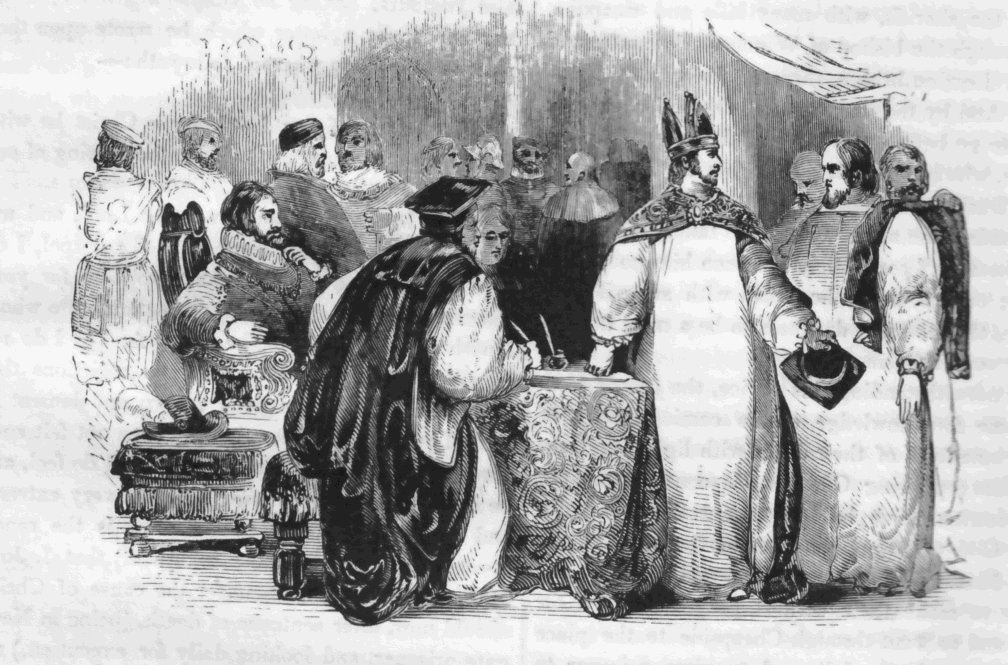On This Day In History: Bishop of Gloucester John Hooper is Burned At The Stake For Heresy- On Feb 9, 1654
On February 9, 1555, Master John Hooper, bishop of Worcester and Gloucester is burnt at the stake for the defence of the gospel at Gloucester.
At 8 a.m., the men who were to see that he was burned came for him. The sheriff’s men were armed with clubs. John took one look at the weapons and said,

“Master Sheriffs, I am no traitor, and you have no need to make such a work to take me to the place where I must suffer. If you had told me, I would have gone to the stake, and have troubled none of you.”
John was a fervent Puritan. Although he had opposed making Lady Jane Grey queen, he was one of the first bishops arrested when the Catholic Queen Mary came to the English throne. John’s strong opposition to Roman Catholic practices was well known. A man with a severe disposition, he had been harsh in his statements. He had even made enemies among fellow reformers.
Otherwise, Hooper was worthy leader when he was finally made bishop of Gloucester. He would have been bishop sooner, but he refused to wear the designated gown. A stint in jail changed his mind. As bishop, he worked with great zeal. He examined all of his clergymen and found that some did not even know the Lord’s Prayer, the Ten Commandments or the Apostles’ Creed.
He set out to remedy this, and to educate the people, preaching every day, often up to four or five times. He was known for his kindness to the poor. The people of Gloucester loved him.
Because of his popularity, the executioners had strict orders not to allow him to preach to the crowd.
When he arrived at the stake, John knelt and prayed yet again. He was shown what was said to be a pardon from the queen: his–if only he would change his religious opinions. “If you love my soul, away with it!” he exclaimed, repeating the words for emphasis.
He then asked the people to pray the Lord’s prayer with him, which they did.



 Creators of mankind
Creators of mankind Description of “Tall white aliens”
Description of “Tall white aliens” Where they came from?
Where they came from? About hostile civilizations
About hostile civilizations The war for the Earth
The war for the Earth “Tall white aliens” about eternal life
“Tall white aliens” about eternal life Video: “Nordic aliens”
Video: “Nordic aliens” Aliens
Aliens Alien encounters
Alien encounters The aliens base
The aliens base UFO
UFO Technology UFO
Technology UFO Underground civilization
Underground civilization Ancient alien artifacts
Ancient alien artifacts Military and UFO
Military and UFO Mysteries and hypotheses
Mysteries and hypotheses Scientific facts
Scientific facts


















